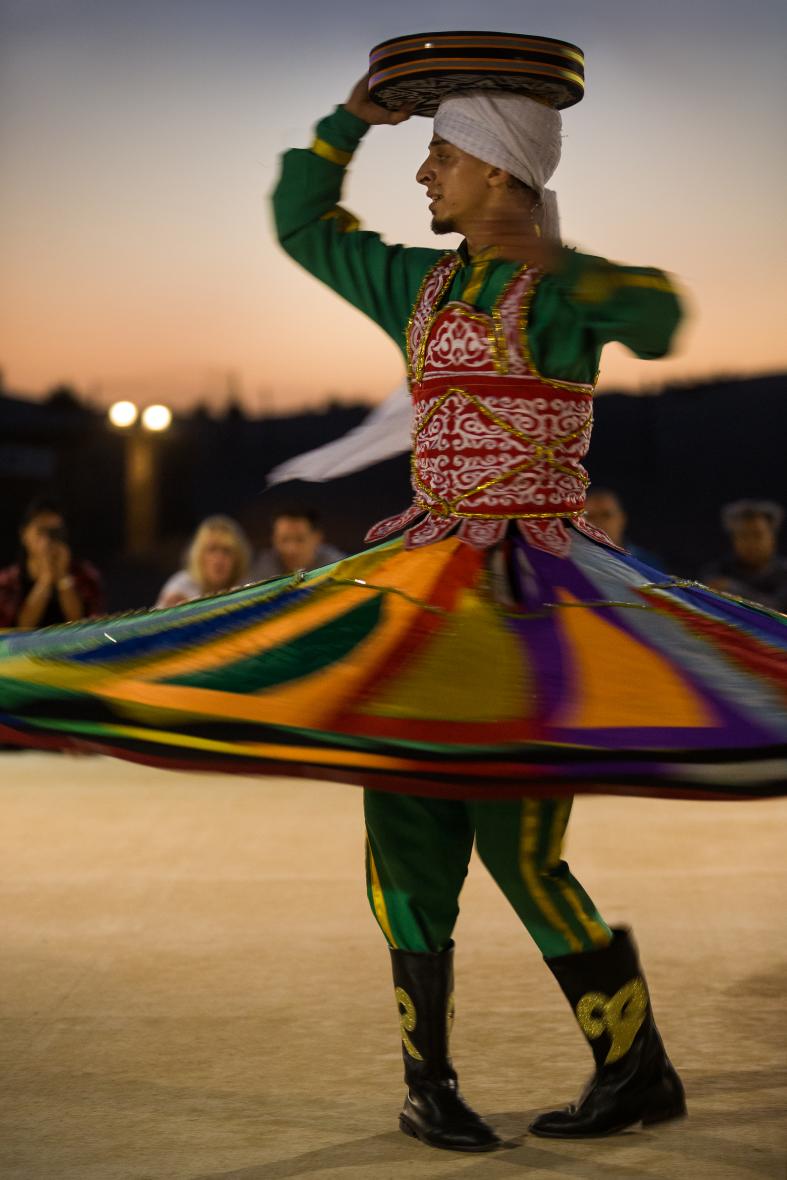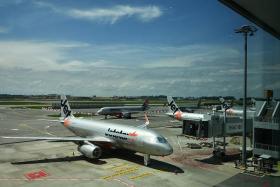Traditional fun in modern Dubai
There is more to this city than its record-breaking sites
Tourism is a key sector for Dubai, which has spent billions of dollars to attract visitors with sites like the world's tallest building and biggest shopping mall and artificial islands.
During my six-day-five-night trip to the United Arab Emirates (UAE) city, when I stayed at the Rove Downtown and Dubai Marine Beach Resort & Spa, I realised the place has a lot more to offer.
The city's earlier years can be experienced today in the gold and spice souks located in Deira, one of the oldest parts of Dubai.
Alleyways were lined with small shops selling aromatic herbs and fresh spices from countries such as India, Pakistan and Iran.
With every turn, I was introduced to colourful sacks of cinnamon, turmeric, cumin, pepper, cloves, nutmeg and dried fruits.
Nearby were rows of shops glittering with gold, where numerous items of jewellery were on display.
Part of the shopping experience there involves haggling, and it was an eye-opening experience - to appreciate the intricacy and details of the craftsmanship.

We hopped onto an abra, a water taxi, to get across the Dubai Creek, which divides the city into two main sections - Deira and Bur Dubai.
Many locals use this as it is, at 1 dirham (48 Singapore cents), the cheapest and fastest mode of transport. You can soak in the surrounding historical architecture too.
At Bur Dubai, discover the Al Fahidi Historical District, a restored heritage area where I discovered houses that had been transformed into galleries and craft shops.
For those keen to know more about the lifestyle of the Emiratis, there is the Sheikh Mohammed Centre for Cultural Understanding.
A highlight is an introduction to the traditional Arabic breakfast or lunch. Participants can also pose questions about the Emiratis' culture and Islam. They get to try on the traditional attire too.

During our trip, we tried the Emirati breakfast, which began with coffee and dates. It was followed by khameer (traditional bread), balaleet (sweetened vermicelli and omelette), chabab (pancake) and ligamat (donuts with date syrup).
Tourists travelling between Dubai and Abu Dhabi can enjoy the Last Exit, a gourmet food truck park at the border.
It was a unique drive-through experience with a wide selection of tasty street food, such as chicken with waffles and lobster rollsfrom 12 vintage Airstream trucks.
The Last Exit is a must-go even if you are not travelling to Abu Dhabi.
Art enthusiasts can visit Alserkal Avenue. Located among factories and warehouses of the industrial neighbourhood of Al Quoz, it is the heart of Dubai's growing art scene.
The world-class art galleries introduced me to a range of local, regional, and international works.
ADVENTURE
A trip to Dubai is not complete without an adventure in the desert. I had my adrenaline fix in the form of dune bashing, a form of off-roading on sand dunes.
Adventure companies such as Orient Tours will send you hurtling down the high dunes in a safari vehicle - the stomach-turning ride was the equivalent of a roller coaster.
Thrill-seekers can get strapped onto a sandboard and weave through the dunes, while those who prefer a gentler adventure can opt for a trek around the desert on a camel.
An evening of entertainment awaited us as we settled down in a Bedouin desert camp.
I had a traditional floral henna done, a close encounter with a falcon - the UAE national bird - and even a puff of shisha.
As night fell, dancers impressed us with their energy. We saw a fire dance, Tanoura dance and belly dance, each as breathtaking as the sunset.
Dubai is an amazing city suitable for everyone. Plus, it is only 7½ hours from Singapore on an Emirates Airline flight. It is no wonder then that Dubai is expecting 20 million visitors by 2020, up from 14.9 million last year, according to figures from its tourism board.
Get The New Paper on your phone with the free TNP app. Download from the Apple App Store or Google Play Store now



